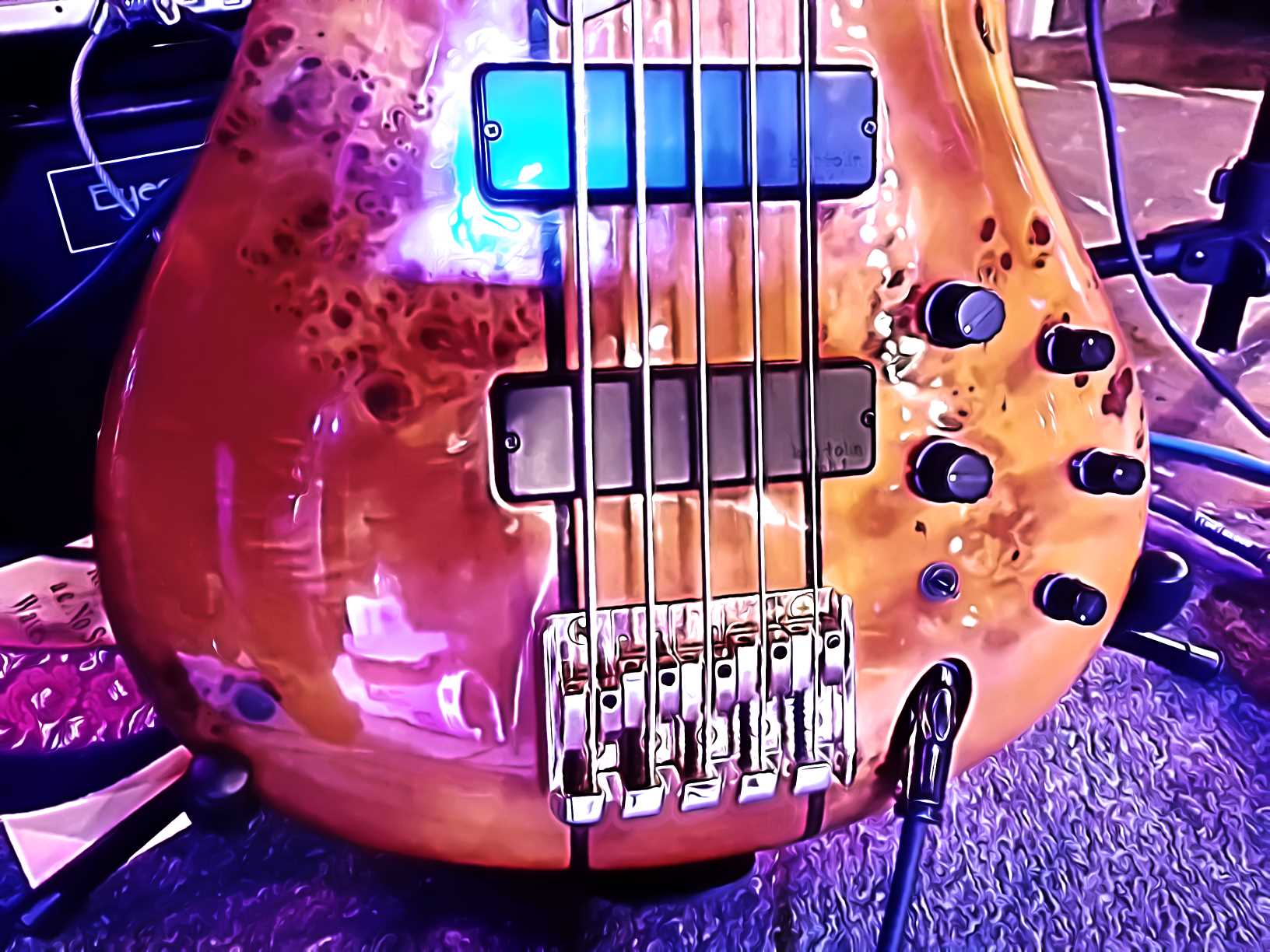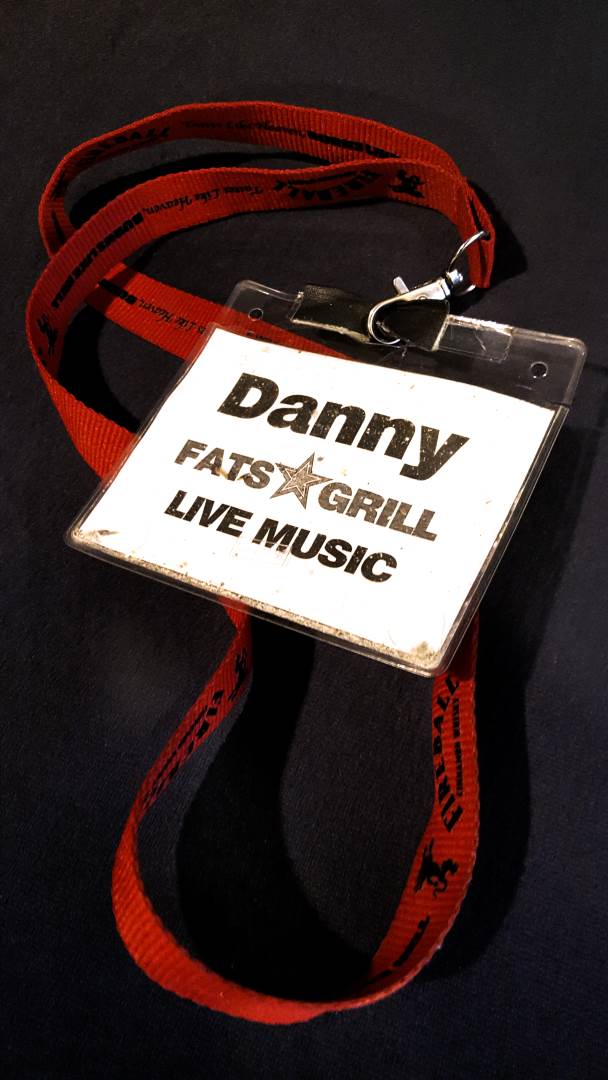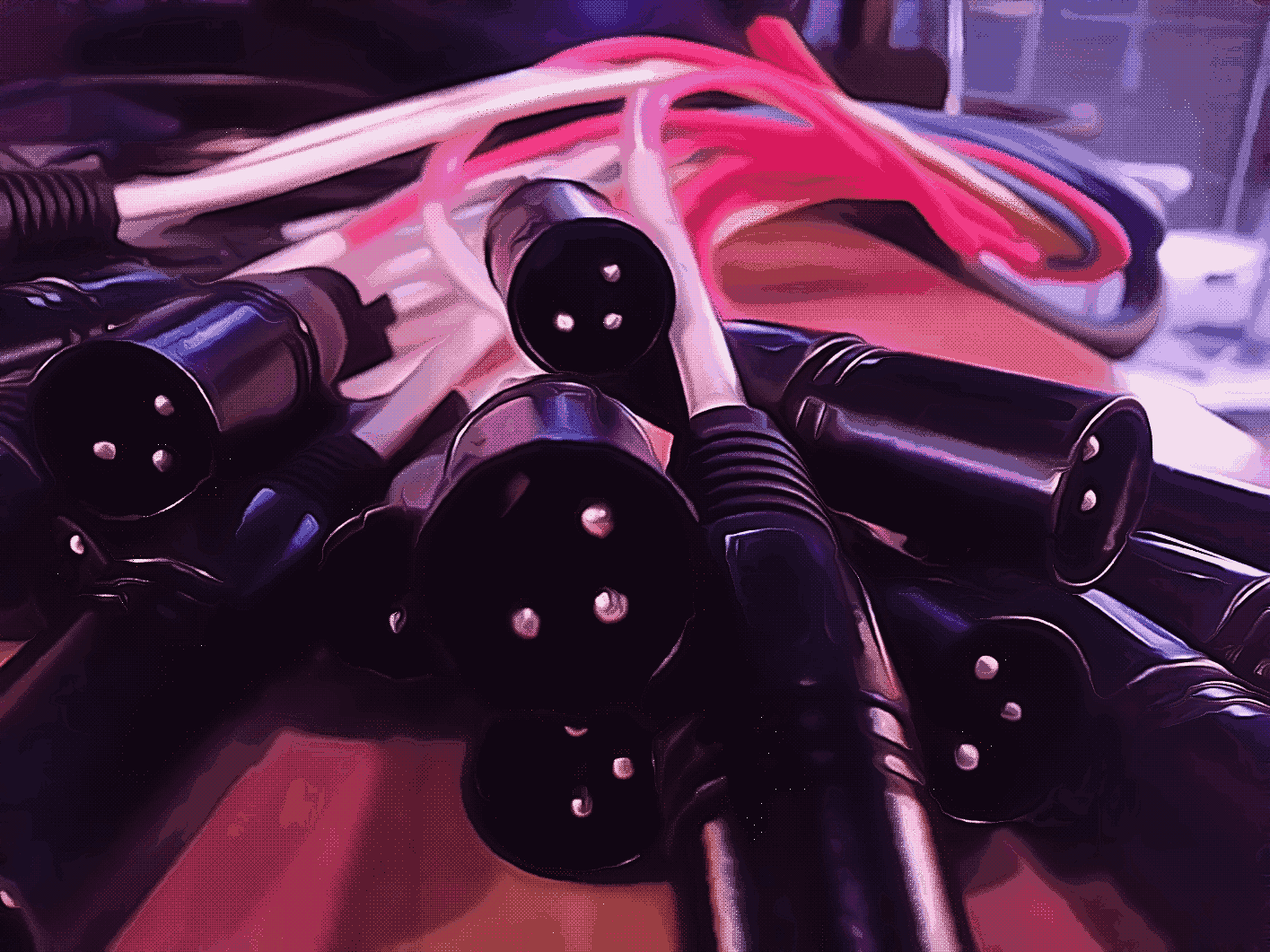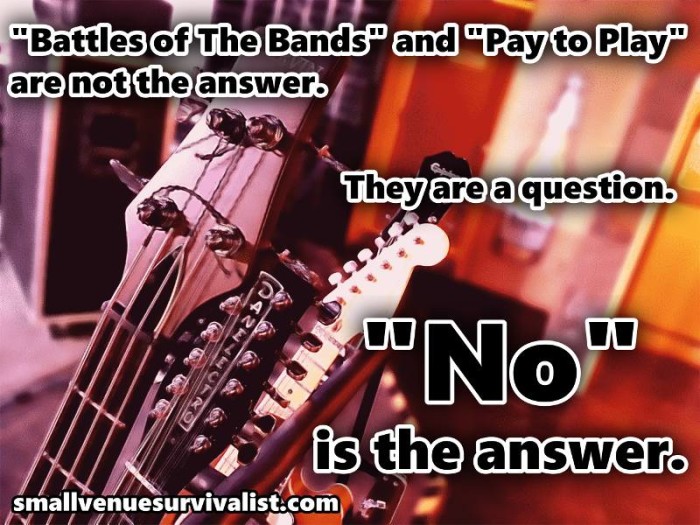It’s more about logistics than sound.
Please Remember:
The opinions expressed are mine only. These opinions do not necessarily reflect anybody else’s opinions. I do not own, operate, manage, or represent any band, venue, or company that I talk about, unless explicitly noted.

 Want to use this image for something else? Great! Click it for the link to a high-res or resolution-independent version.
Want to use this image for something else? Great! Click it for the link to a high-res or resolution-independent version.There’s this quote that I like. If I could find the exact wording, I would put it here for you. As I remember, it was about photographers, and derived from something that Oscar Wilde supposedly said:
“Amateur photographers talk about things like lenses and film speed and aperture settings. Professionals talk about money.”
My take on it?
“Audio craftspersons with less experience do their gig planning by talking about spec sheets, wattage ratings, model numbers, and sound quality. Once they get a few more miles and years on themselves, they realize that it’s all about logistics, money, and vehicles.”
I just recently got back from doing an overnighter roadshow in south-eastern Utah, a gig that took about a month of planning (off and on, mind) to bring to fruition. During that planning, we barely talked about audio at all. It was basically the last thing that got any discussion. The reasons for that are mixed; Some of the issues were specific to the show, and some were more generalizable. The point is that a road gig certainly does have to do with sound, but the sound is wrapped up in a LOT of other particulars.
Some Things We Didn’t Have To Talk About Much
With all my harping about audio requiring planning, time, and foresight to pull off properly, my seemingly cavalier attitude towards the production of a big gig might seem out of character. The important word there is “seemingly.” As always, time and effort were neither created nor destroyed – they were just transferred around. Since the loss of my regular gig, I’ve been putting together a small concert system that I’ve designed to handle pretty much any show that I would be called upon to do. Three consoles (one for FOH, one for monitors, and a spare), two compact subs and four top-boxes for FOH, an eight-mix monitor rig that features a drumfill with subwoofers, tons of mics and stands, more XLR cables than I’ve even counted…you get the picture.
Basically, unless a band has some really specific needs, or the show is for a large crowd, I’m very confident that I will have what’s necessary to pull it off.
And I take everything everywhere, so there was no need to discuss exactly which pieces would be required.
Another specific issue with the show was that the lineup was a bit fluid. Eyes Open was supposed to play originally, but their rehearsals didn’t quite pan out, so they pulled in the Katie Ainge Band to bring some sonic goodness to the town of Monticello. Nobody had a detailed input list at any point, and it wasn’t really necessary. Nobody was being picky, and nobody was likely to become picky.
So, a lot of detailed discussion about production wasn’t going to do anything. We were going to have what we were going to have, and it was going to be fine. “Countin’ mic clips” would be a waste of time.
The Bits That Mattered
What was definitely not a waste of time was figuring out the logistics of the show. Longtime readers may remember my “Five S Festival” article, where I’ve previously discussed how productions have to be about the basic needs of humans before they can be about gear. When you’re in a situation where your involvement is compartmentalized, you still have to figure out the various elements. It’s just that the number of people involved is smaller…maybe even just you.
Because the audio production side was already figured out (for all practical purposes), I was mostly concerned about a number of “P” elements.
That is to say: Power, Peeing, Precipitation, Plonking Down, and Payment.
Power – A PA system is worthless without electricity. I needed to know where it was going to come from, especially since we were going to be outside. (The outside is a strange and wondrous place for sound, usually with fewer acoustical problems. The Yin to that Yang is that electrical outlets are far less plentiful.)
Peeing – The location of a bathroom is not a trivial thing. When it’s time to eliminate some waste, it’s time. Period, the end. You don’t think this issue is serious? Wait until you forget about it sometime.
Precipitation – To be precise, what happens if water starts falling out of the sky? Where can people and gear find shelter? Another thing that falls out of the sky is heat. It’s not precipitation, but whatever, I’ve got a theme going here. Anyway…I’ve been on unprotected hillsides during high-desert summers, and I’ll tell you, shade is something you really, really want. Really.
Plonking Down – Where is a person going to sleep? Whether it’s for-profit lodging or somebody’s residence, you need to know where it is, how you get access to it, and the folks in charge need to know you’re coming. Also, it’s critical to take other sleepers into account. For instance, my snoring is loud enough to drown some drummers that I know. For the sake of other people’s rest and sanity (and maybe my own safety), giving other sleepers a way to get out of earshot is a necessary plan.
Payment – How much is the gig worth to everybody? How can you accommodate the event budget? You have to figure out how to cover your transport, wear-n-tear, food, and lodging costs while making a profit and NOT costing too much for the folks writing the checks. Lowballing and being greedy are pretty much equally bad.
None of the above items are audio. All of the above are logistical considerations. The conversations that I had with the Eyes Open guys consisted of about 98% logistical issues and 2% show production. That might seem a little bit weird, but I can tell you that a gig sits on a lot of “infrastructure” support. Fail to get that figured out, and the gig will collapse just as surely as if the PA is all wrong.









